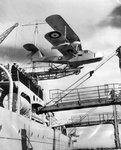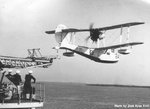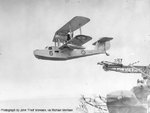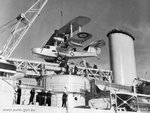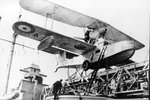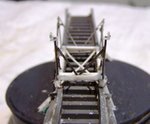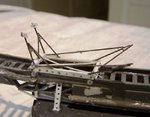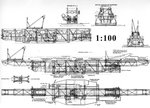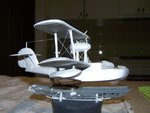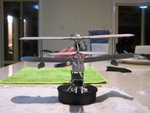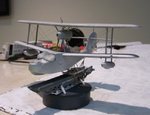Airframes
Benevolens Magister
Michael, before you go ahead and make the beaching dolly, check references. I can't be 100% sure, but I think these were only fitted when bringing the aircraft onto land, via a beach or slipway.
When onboard ship, loaded onto the catapult ramp, I believe the wheels were removed.
When onboard ship, loaded onto the catapult ramp, I believe the wheels were removed.

